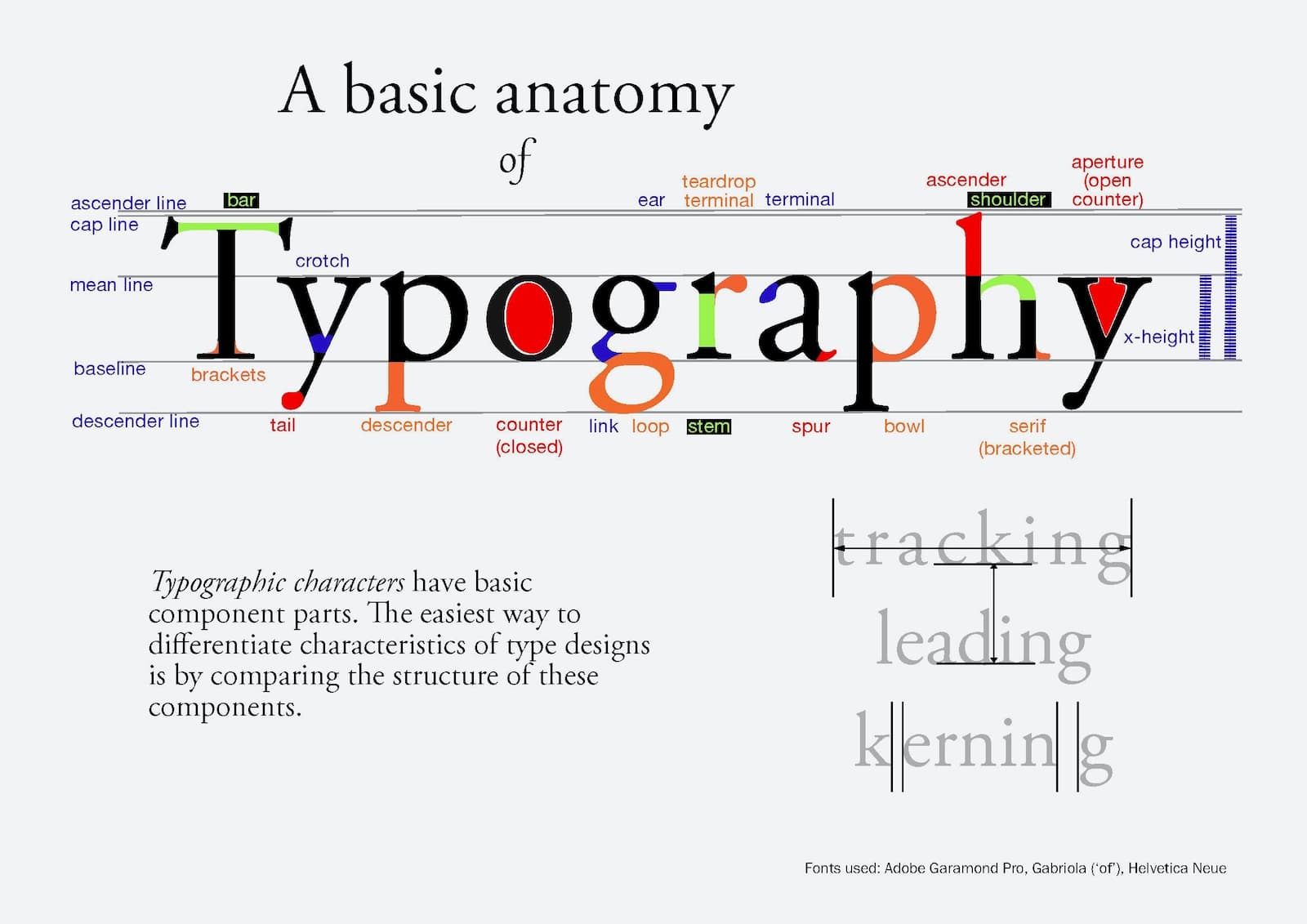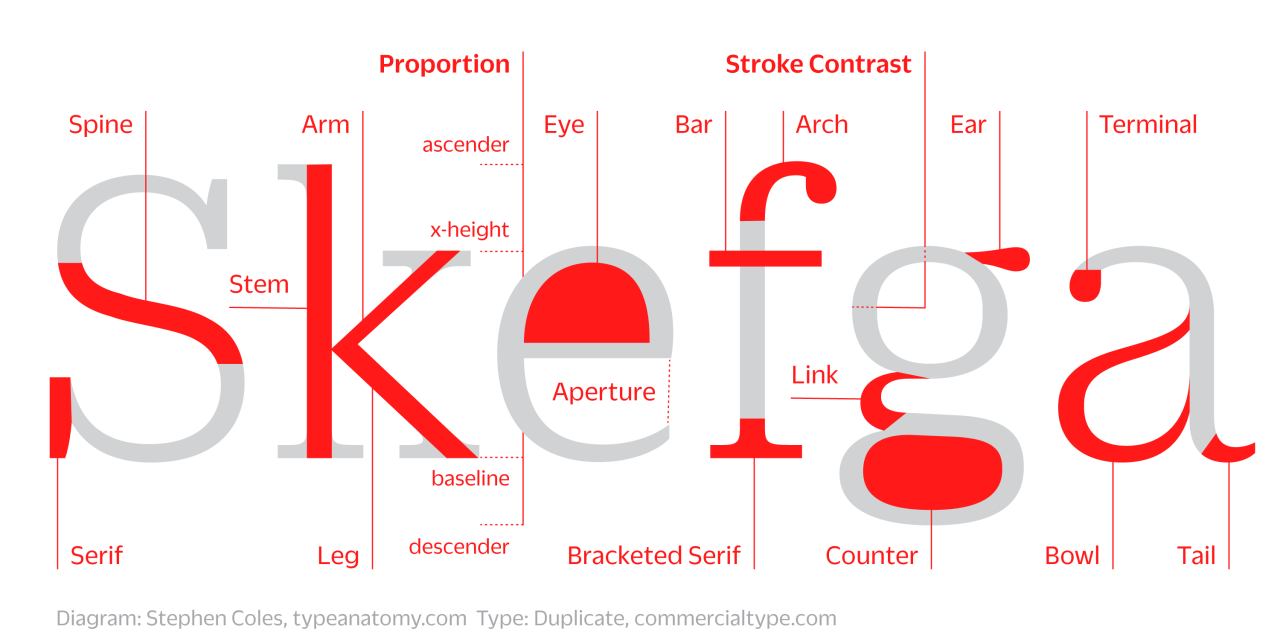


The Mesopotamian cities of Uruk and Larsa are best known for the evolution of the cuneiform text. All of the letters and symbols we use to communicate via recorded information were created by someone with the distinct purpose of being reused to symbolize a specific thing or feeling.Īll the way back to the Sumerians, we were using the ideals of typography to record our tasks and record our history. A quick look into the history of writing and printing we find that typography is the starting point. The truth is that typography goes back much further than you may think. Often we relate typography back to printing or a topic that exists mostly within the field of marketing or design. Or rather information that is accessible to those outside of the design world. On the other hand, I find people simply asking, well what is typography anyway? In a previous article, I touched on the subject of logo design terminology and soon realized that more information was needed. Most people I have met tend to think of typography as something a designer knows about, or something a designer does to make words fit the way you want them to within your required piece. The height of lowercase letters, specifically the lowercase x, not including ascenders and descenders.The Anatomy of Typography When you hear the word typography, what comes to mind first? The end of a stroke not terminated with a serif. The descender of a Q or short diagonal stroke of an R. The direction of thickening in a curved stroke.Ī fancy flourish replacing a terminal or serif. Unbracketed serifs are attached sharply, and usually at 90 degree angles.Ī small projection off a main stroke found on many capital Gs.Ī straight vertical stroke (or the main straight diagonal stroke in a letter which has no verticals). Brackets are the supportive curves which connect the serif to the stroke. Serifs come in two styles: bracketed and unbracketed. The projections extending off the main strokes of the characters of serif typefaces. The stroke that connects the top and bottom part (bowl and loop) of a two–story lowercase g. The small stroke that projects from the top of the lowercase g. The partially or fully enclosed space within a character.ĭescender – The part of a character (g, j, p, q, y, and sometimes J) that descends below the baseline. The height of capital letters from the baseline to the top of caps, most accurately measured on a character with a flat bottom (E, H, I, etc.). The horizontal stroke in characters such as A, H, R, e, and f.Ī curved stroke which creates an enclosed space within a character (the space is then called a counter).

The part of a lowercase character (b, d, f, h, k, l, t) that extends above the x-height.
Anatomy of a typeface free#
Once you become more aware of the subtle differences between fonts, you will be able to judge them more easily.Īn upper or lower (horizontal or diagonal) stroke that is attached on one end and free on the other.

In order to tell one font from another, use the parts of the letterforms to tell you what is what. Its vocabulary has evolved over the centuries and reflects the humor and preoccupations of the people who helped forge it. The anatomy of type has a long and winding tradition. Sigh.īack to the task at hand. Anatomy! Parts of type! Maybe it’s just the editing that makes these so hard to watch. She’s nearly intolerable, but she’s informative. I apologize for the annoying host, but the information is good.


 0 kommentar(er)
0 kommentar(er)
